Running can be a rewarding activity, but blisters are an unwelcome companion for many runners. They form from friction between your feet and your socks, causing pain and discomfort. But here’s the kicker – the right pair of running socks can drastically reduce the chances of getting blisters, allowing you to run longer and more comfortably. The best running socks for blisters are designed to minimize friction, keep your feet dry, and provide the necessary cushioning to prevent irritation. In this article, we’ll dive into the features of socks that help prevent blisters, the best materials for blister-free runs, and how to choose the right socks for your running needs.
What are the best running socks for blisters? The best running socks for blisters are made from moisture-wicking, non-cotton materials like Merino wool or synthetic blends. These fabrics pull sweat away from the skin to keep your feet dry and minimize friction. A snug, seamless fit is equally important to prevent the rubbing that causes hotspots.
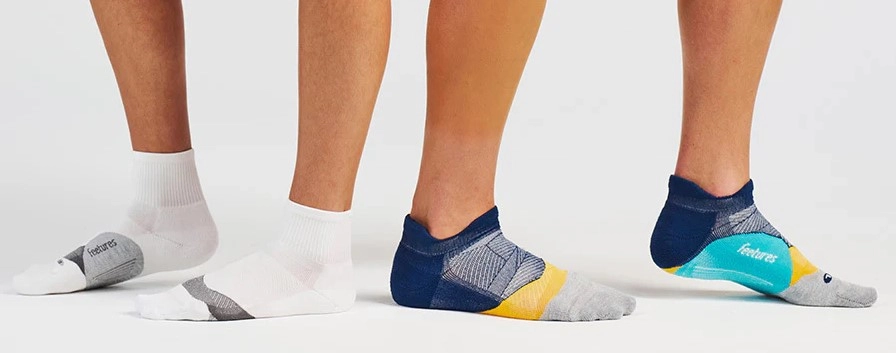
Introduction: Why Blister-Free Runs Start with the Right Socks
Blisters are a common problem for runners, often caused by friction between the skin and poorly fitting socks. The right running socks can make all the difference in preventing blisters. Many runners don’t realize that their socks are a key factor in avoiding blisters. Blisters form when moisture and friction build up between your foot and sock, causing the skin to break down. A good pair of running socks minimizes this friction while also ensuring your feet stay dry and comfortable. By choosing the right socks, you can prevent blisters and enjoy a more comfortable running experience (Ohio State Medical Center on blister prevention).
In this article, we’ll explore the importance of selecting the right socks, the key features that help prevent blisters, and which materials are best for blister-free runs. We’ll also provide recommendations for some of the best running socks available today to help you make an informed decision.
What Causes Blisters While Running?
Blisters are caused by a combination of friction, moisture, and heat. It’s not just about the friction between your feet and the surface you’re running on; the type of socks and shoes you wear play a significant role. When running, your feet slide against the inside of your shoes, causing friction. If your socks don’t fit properly, they can rub against your feet, causing irritation and leading to blisters.
Friction is compounded when moisture from sweat makes your socks damp. Wet socks create a slippery surface inside your shoes, increasing the likelihood of friction. This combination of moisture, heat, and friction is what causes the skin to separate, forming a blister. Additionally, improper sock fit can lead to wrinkling or bunching, which increases friction on the skin, further aggravating the issue (University of Utah Health on blisters and socks).
| Cause | Explanation | How to Avoid |
|---|---|---|
| Friction | Rubbing between foot and sock | Use moisture-wicking, smooth socks |
| Moisture | Sweat causing slippery, damp socks | Opt for moisture-wicking fabrics |
| Improper Fit | Socks that are too tight or too loose | Ensure proper sock sizing |
How Running Socks Help Prevent Blisters
Running socks designed to prevent blisters work by minimizing friction and moisture while providing a snug, comfortable fit. The best socks for blister prevention are made from materials that wick moisture away from the skin, reduce friction, and provide a seamless fit. These socks fit snugly around the foot and ankle, reducing movement inside the shoe and ensuring that there’s minimal rubbing or irritation.
Compression socks, for example, help stabilize the foot and prevent excessive movement inside the shoe. Here’s the deal – this type of sock also improves circulation, which helps keep your feet dry and free from swelling that can lead to blisters. Additionally, seamless designs are essential in reducing the chances of rubbing. But here’s the kicker – when choosing socks, it’s also crucial to consider cushioning in areas like the heel and toe. This added padding can help absorb shock and prevent the skin from breaking down during longer runs.
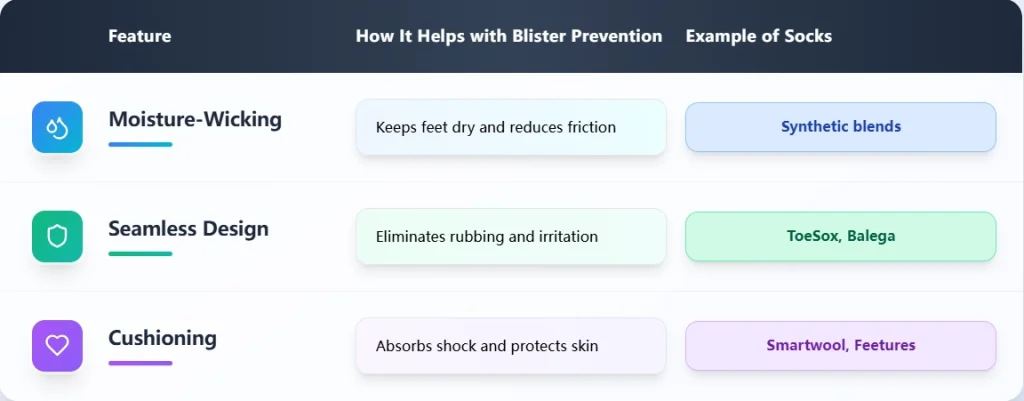
Key Features to Look for in Socks to Prevent Blisters
When choosing the best running socks for blister prevention, it’s important to consider several key features that can make a significant difference. A good running sock should reduce friction, wick away moisture, and provide cushioning and support to minimize the risk of blisters.
Cushioning and Padding
Cushioned running socks provide extra padding in high-impact areas such as the heel and toes, where blisters are most likely to form. Socks with extra cushioning help absorb the shock of running and reduce friction against your skin. The padding helps to prevent irritation by creating a buffer between your foot and shoe, reducing the chances of blisters.
Moisture-Wicking Materials
One of the most critical features in preventing blisters is moisture-wicking material. Materials like polyester, nylon, and merino wool are designed to wick moisture away from your feet, keeping them dry and reducing the friction that leads to blisters. When feet sweat and moisture builds up, it increases the risk of blisters, so moisture-wicking properties are essential.
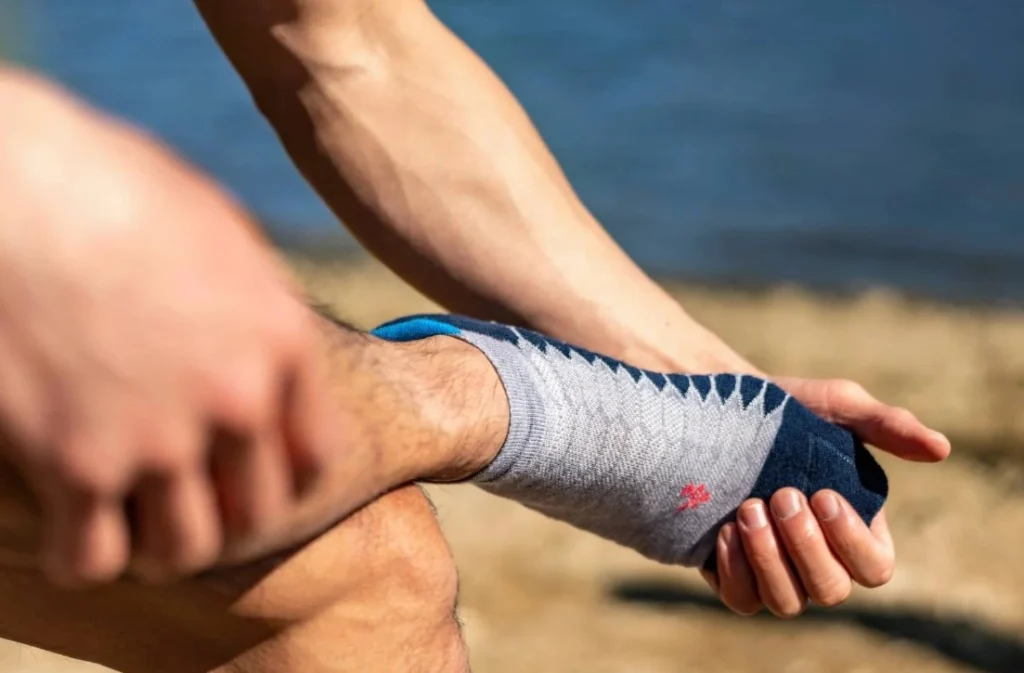
Proper Fit
The fit of the socks is crucial for preventing blisters. Socks that are too tight can restrict circulation and cause discomfort, while socks that are too loose can cause rubbing and irritation. Look for socks that fit snugly but comfortably around your feet, with no extra material to cause friction. Compression socks, for example, provide a snug fit that helps reduce movement inside the shoe, preventing blisters.
Best Materials for Running Socks to Prevent Blisters
The material of your running socks plays a significant role in blister prevention. Choosing the right fabric can drastically reduce friction and moisture, which are the primary causes of blisters. Let’s take a closer look at the best materials for blister-free socks.
Synthetic Fibers (Nylon, Spandex, Polyester)
Synthetic fibers like nylon, spandex, and polyester are the best materials for moisture-wicking and durability. These fibers are lightweight, breathable, and excellent at drawing moisture away from the skin, keeping your feet dry. They also provide the necessary stretch to ensure a snug fit without restricting movement.
Merino Wool
Merino wool is known for its natural moisture-wicking and temperature-regulating properties. But it helps keep feet dry and warm in cold conditions, while also being breathable enough for hot weather. Merino wool is soft, reducing the chances of irritation and blisters, making it an ideal choice for long-distance runners or those running in varying temperatures.
Bamboo and Natural Fibers
Bamboo is an eco-friendly option that offers similar moisture-wicking properties as synthetic fibers. Bamboo socks are naturally antibacterial, reducing odor buildup, and are softer than many synthetic fibers, providing comfort and reducing the risk of blisters. Additionally, bamboo socks are breathable and lightweight, making them ideal for hot-weather running.
| Material | Benefits | Best For |
|---|---|---|
| Synthetic Fibers | Lightweight, moisture-wicking | Warm and humid climates |
| Merino Wool | Temperature regulation, moisture-wicking | Long-distance running |
| Bamboo | Eco-friendly, naturally antibacterial | Hot weather, comfort |
Sock Design: How Shape and Fit Affect Blister Prevention
The design of the sock is just as important as the materials. Socks that are poorly designed, with seams in the wrong places or improper fit, can exacerbate friction and cause blisters. Let’s explore how sock design impacts blister prevention.
Ankle-Length vs. Crew-Length Socks
Ankle-length socks offer freedom of movement and are typically used in warmer weather. They’re best for short runs or runs in hot climates, but they may not provide the same level of support as crew-length socks. Crew-length socks offer more coverage, providing extra cushioning and reducing the risk of blisters on the calf and ankle.
Seamless Construction
Seams are often the biggest culprit when it comes to blister formation. Socks with seamless construction prevent rubbing against the skin. Many top brands offer seamless socks to ensure that there are no seams to irritate the foot during long runs.
Proper Fit and No Bunching
Socks that fit properly are essential for blister prevention. Socks that are too tight or too loose can cause friction, while socks that bunch up inside the shoe will rub against your feet and cause blisters. A well-fitting sock should hug your foot snugly without being too tight, providing comfort and support.
| Design Feature | Importance | Examples |
|---|---|---|
| Seamless Construction | Eliminates friction points | Balega, Feetures |
| Ankle vs. Crew Length | More coverage and cushioning in crew-length | Smartwool, Saucony |
| Proper Fit | Prevents rubbing and bunching | Nike, Under Armour |
Top Brands Offering the Best Running Socks for Blisters
When it comes to preventing blisters, the right brand can make all the difference. But not all running socks are created equal, and some brands are specifically known for providing top-tier socks designed to prevent blisters. Let’s explore some of the best brands in the market.
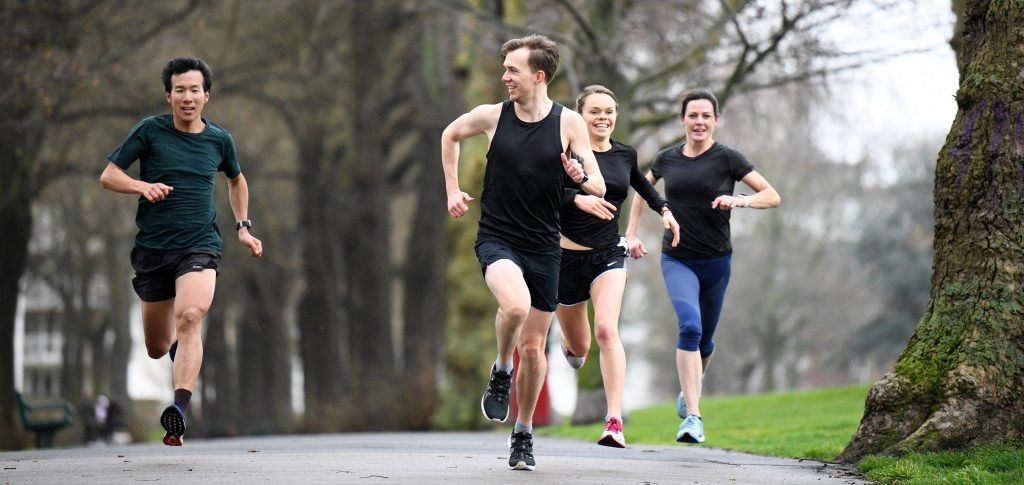
Balega
Balega is known for producing high-quality socks that are both comfortable and durable. Balega’s socks feature seamless designs and moisture-wicking fabrics that help keep your feet dry and prevent friction. Their socks also offer ample cushioning in key areas like the heel and toe, providing protection against blisters.
Feetures
Feetures is another top brand in the running sock industry, offering socks with excellent compression and moisture-wicking capabilities. Feetures socks are designed with a targeted compression system that improves circulation, reduces muscle fatigue, and enhances blister prevention. Their socks also feature seamless toe construction, which is essential for avoiding friction.
Smartwool
Smartwool is a leader in merino wool socks, which are perfect for blister prevention due to their natural moisture-wicking and temperature-regulating properties. Smartwool socks are soft and breathable, making them a great choice for long-distance runners or those running in varying weather conditions. Their merino wool construction keeps feet comfortable and blister-free, even during long runs.
Sockwell
Sockwell combines performance with style and comfort. They offer socks made from a blend of merino wool and bamboo, providing excellent moisture-wicking and antimicrobial properties. Sockwell socks also offer cushioning and support in all the right places to prevent blisters and keep your feet comfortable during runs.
Nike and Under Armour
Nike and Under Armour are well-known for producing high-performance sportswear, and their running socks are no exception. Both brands offer socks that are designed with compression, moisture-wicking fabrics, and seamless toe construction. These socks provide a snug fit that reduces friction, making them a great option for blister prevention during intense training or races.
Choosing the Right Running Socks for Your Specific Needs
Choosing the right running socks depends on your running style, goals, and personal preferences. But here’s the kicker – selecting socks that are tailored to your specific needs can prevent blisters and improve your overall comfort during runs. Let’s break down how to choose the right socks for different running needs.
Long-Distance Runners
Long-distance runners need socks that provide ample cushioning, moisture-wicking, and support for the feet during prolonged physical activity. What’s the real story? For long runs, you’ll want socks with a higher compression level (20-30 mmHg) to improve circulation and reduce muscle fatigue. Look for socks with additional cushioning in the heel and toe for maximum comfort and blister prevention.
Trail Runners
Trail running involves uneven terrain, so you need socks that offer protection against rocks, dirt, and debris while preventing blisters. Look for socks that have extra padding around the ankles and a higher cuff to protect your legs from abrasions. Materials like merino wool or synthetic blends are ideal for moisture-wicking and comfort on the trails.
Short-Distance Runners
For short-distance runners, lighter socks with less cushioning may be more comfortable. These runners still need socks that wick moisture away and fit snugly to avoid rubbing. Look for lightweight socks made from synthetic materials that offer breathability and a snug fit without adding extra bulk.
Runners in Hot or Cold Weather
If you run in hot weather, look for lightweight socks made from breathable materials like polyester or merino wool. Merino wool is great for temperature regulation, keeping your feet cool in summer and warm in winter. In colder temperatures, thicker socks with added cushioning and insulation can help prevent blisters while keeping your feet warm.
| Running Style | Key Features | Recommended Sock Types |
|---|---|---|
| Long-Distance Runners | Extra cushioning, compression, moisture-wicking | Compression socks, cushioned socks |
| Trail Runners | Extra padding, protection from debris | High cuff socks, merino wool |
| Short-Distance Runners | Lightweight, breathable, snug fit | Lightweight synthetic socks |
| Hot Weather Runners | Breathable, moisture-wicking | Merino wool or polyester socks |
| Cold Weather Runners | Insulating, moisture-wicking | Thicker merino wool socks |
How to Care for Your Running Socks to Extend Their Lifespan
Proper care is essential to keep your running socks in good condition for longer. With proper care, you can extend the lifespan of your socks and maintain their blister-preventing features.
Washing and Drying Instructions
To maintain the integrity of your compression socks and prevent damage, wash them in cold water on a gentle cycle. Avoid using fabric softeners, as they can break down the moisture-wicking properties of the material. Air-dry your socks by laying them flat or hanging them up to preserve their elasticity.
Storing Compression Socks
When you’re not using your socks, store them in a dry, cool place to prevent wear and tear. Avoid storing them in direct sunlight or damp environments, as this can degrade the fabric over time. A drawer or storage box works best for keeping your socks in top condition.
Preventing Wear and Tear
Compression socks can wear out over time with frequent use, especially if they are not cared for properly. To prevent wear and tear, avoid pulling the socks up too tightly and rotate between different pairs to ensure they stay in good shape. This also allows the socks to regain their stretch and elasticity between uses.
| Care Tip | Best Practices | Why It Matters |
|---|---|---|
| Wash in Cold Water | Avoid fabric softeners, gentle cycle | Preserves moisture-wicking properties |
| Air Dry | Lay flat or hang dry | Prevents shrinkage and damage |
| Proper Storage | Store in a cool, dry place | Prevents wear and tear |
| Rotate Pairs | Use multiple pairs to extend sock life | Maintains elasticity |
How to Combine Running Socks with Proper Foot Care to Prevent Blisters
Running socks are just one piece of the puzzle when it comes to preventing blisters. Proper foot care is just as important. Let’s look at how you can combine your socks with other strategies to keep your feet blister-free.
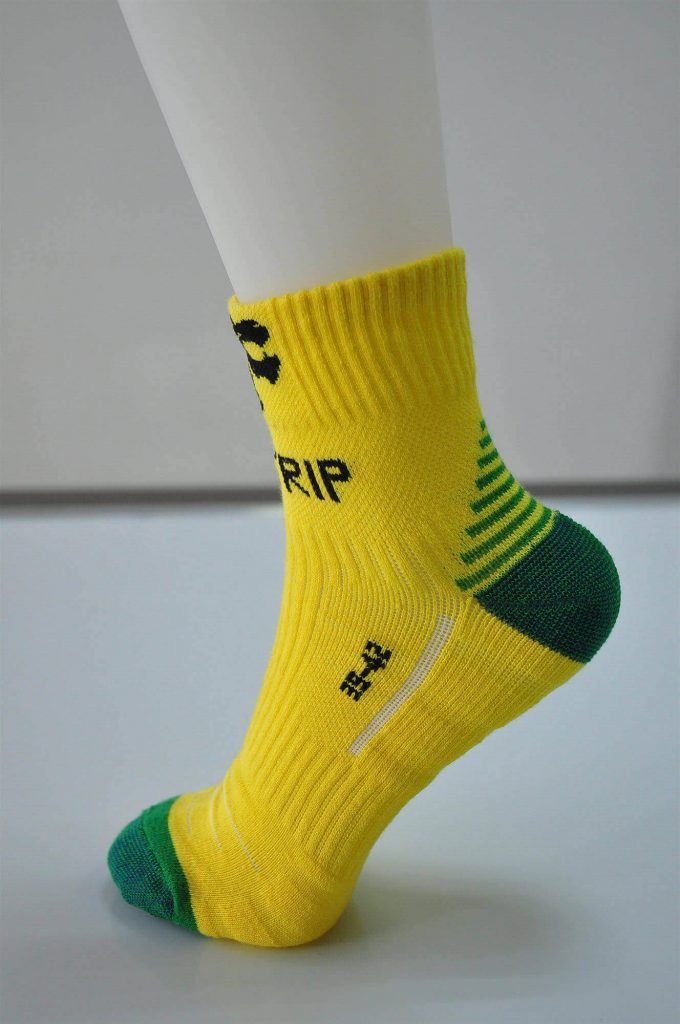
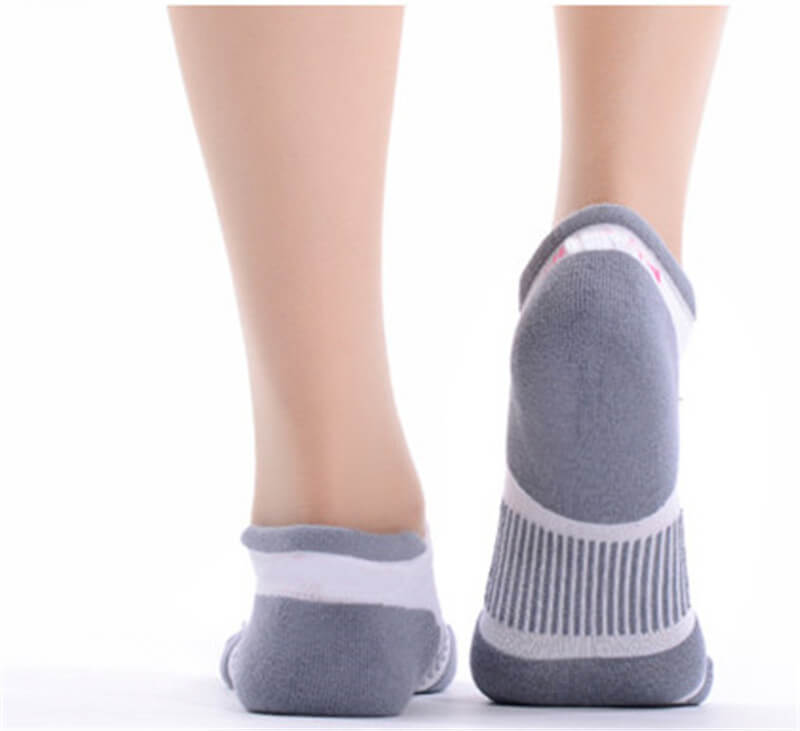
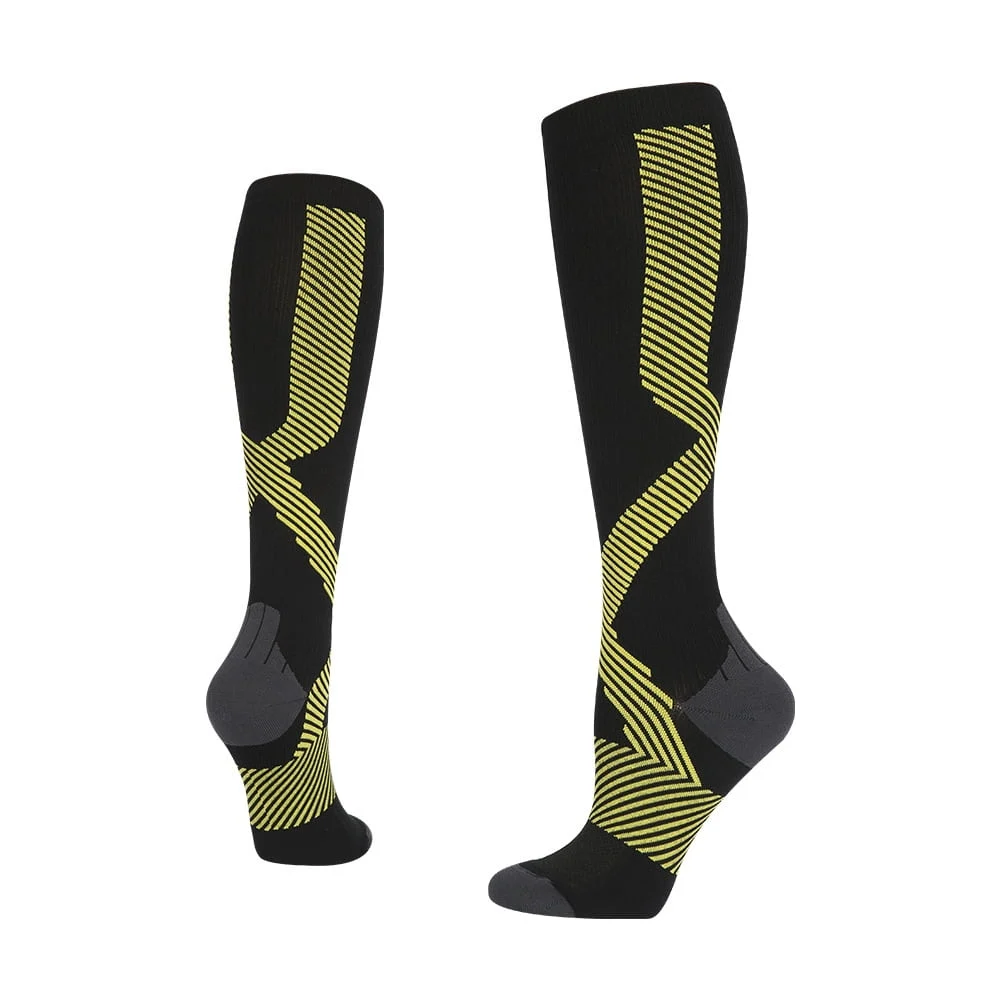
Foot Hygiene and Moisture Control
Keeping your feet clean and dry is essential for blister prevention. Wash your feet regularly to remove sweat, dirt, and bacteria that can cause irritation. You can also apply anti-chafing creams or powders to reduce friction (Ohio State Medical Center on foot care).
Using Blister Prevention Products
In addition to running socks, consider using blister prevention products like gels, patches, or tapes. These products create a barrier between your skin and the sock, providing extra protection in high-friction areas. Apply them to your heels or toes, where blisters are most likely to form.
Choosing the Right Shoes
Socks alone won’t prevent blisters if your shoes don’t fit properly. Make sure your shoes fit snugly without being too tight. Look for shoes that provide enough room in the toe box to prevent rubbing and friction, as ill-fitting shoes can exacerbate blister formation, even with the best socks.
Conclusion
By now, it’s clear that the right running socks play a major role in preventing blisters and improving comfort. But having the knowledge is just the first step—taking action matters more.
If you’re a brand, wholesaler, or retailer looking to offer performance running socks with anti-blister features, we can help you create socks tailored to your customers’ needs. As a factory with years of production experience and strong customization capabilities, we work with partners around the world to produce socks that balance comfort, function, and durability.
Contact us today to learn how we can support your brand with custom solutions that runners trust—pair by pair.
FAQ
1. What exactly makes a running sock “anti-blister”?
Anti-blister running socks are made from advanced, moisture-wicking fabrics that pull sweat away from your skin to keep it dry. They also feature a seamless, anatomical design to eliminate the rubbing and friction that cause blisters, ensuring your feet stay protected and comfortable on every run.
2. What is the best sock material for preventing blisters?
Merino wool is widely considered the best material. It is a superstar at wicking moisture, naturally resists odor, and expertly regulates foot temperature in both hot and cold conditions. High-performance synthetic blends are also an excellent and very popular alternative for their wicking ability and durability.
3. Besides material, does sock thickness or design matter for blister prevention?
Absolutely. Thicker socks can provide extra padding in high-friction areas, which is ideal for long distances. More importantly, look for a seamless toe construction. The absence of a bulky seam at the front of the sock eliminates a major source of rubbing and irritation over your toes during your run.
4. My socks are great, but I still get blisters. What else can I do?
Ensure your running shoes fit perfectly, as poor fit is a major culprit. You can also try applying a specialized anti-chafe balm or lubricant to blister-prone spots before you run. Keeping your feet as dry as possible and protecting known hot spots with athletic tape can also make a significant difference.
5. What is the proper and safe way to treat a running blister?
To relieve pressure, you can drain it with a sterilized needle. Pierce the edge, gently press the fluid out, but leave the protective top layer of skin intact. Apply an antibiotic ointment and cover it with a blister-specific bandage or gauze to protect it from infection while it heals.
